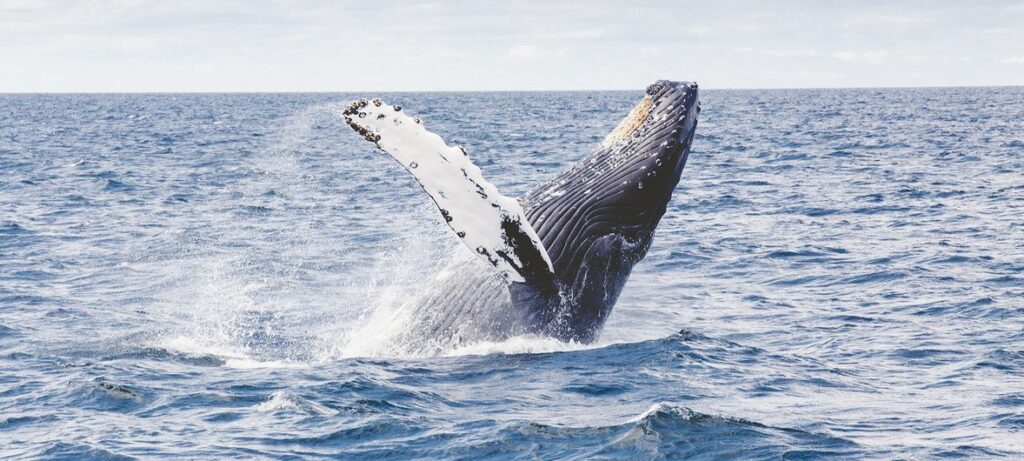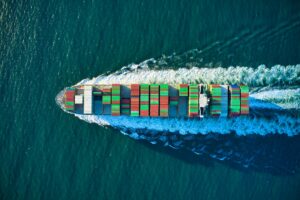UN finally reaches historic deal to protect marine biodiversity

UN member countries have finally finalised an agreement to ensure the conservation and sustainable use of marine biological diversity. This has been heralded as a ‘breakthrough’ after nearly two decades of talks.
“This action is a victory for multilateralism and for global efforts to counter the destructive trends facing ocean health, now and for generations to come,” says UN secretary-general António Guterres.
The agreement reached by delegates of the Intergovernmental Conference on Marine Biodiversity of Areas Beyond National Jurisdiction, better known by its acronym BBNJ, is thankfully already being referred to as the ‘High Seas Treaty’. This legal framework will place 30 per cent of the world’s oceans into protected areas, put more money into marine conservation, and covers access to and use of marine genetic resources.
Guterres says the treaty is crucial for addressing the triple planetary crisis of climate change, biodiversity loss, and pollution.
#HighSeasTreaty #BBNJ https://t.co/gD41YGbLoN
— UN Biodiversity (@UNBiodiversity) March 5, 2023
An updated framework to protect marine life in the regions outside national boundary waters, known as the high seas, had been in discussions for more than 20 years, says CBS, but previous efforts to reach an agreement had repeatedly stalled. The unified agreement treaty, which applies to nearly half the planet’s surface, was reached late Saturday (4 March).
“We only really have two major global commons — the atmosphere and the oceans,” says Georgetown marine biologist Rebecca Helm. While the oceans may draw less attention, “protecting this half of earth’s surface is absolutely critical to the health of our planet.”
The treaty also establishes ground rules for conducting environmental impact assessments for commercial activities in the oceans.
“It means all activities planned for the high seas need to be looked at, though not all will go through a full assessment,” Jessica Battle, an oceans governance expert at the Worldwide Fund for Nature, told CBS.
Several marine species — including dolphins, whales, sea turtles and many fish — make long annual migrations, crossing national borders and the high seas. Efforts to protect them, along with human communities that rely on fishing or tourism related to marine life, have long proven difficult for international governing bodies.
“This treaty will help to knit together the different regional treaties to be able to address threats and concerns across species’ ranges,” says Battle.
According to the BBC, while the headline is the agreement to place 30 per cent of the world’s international waters into protected areas (MPAs) by 2030, the level of protection in these areas was fiercely contested and remains unresolved.
Dr Simon Walmsley, marine chief advisor of WWF-UK, says: “There was debate, particularly around what a marine protected area is. Is it sustainable use or fully protected?”.
Whatever form of protection is agreed there will be restrictions on how much fishing can take place, the routes of shipping lanes and exploration activities like deep-sea mining.
The BBC says other key measures include arrangements for sharing marine genetic resources, such as biological material from plants and animals in the ocean and requirements for environmental assessments for deep sea activities such as mining.











